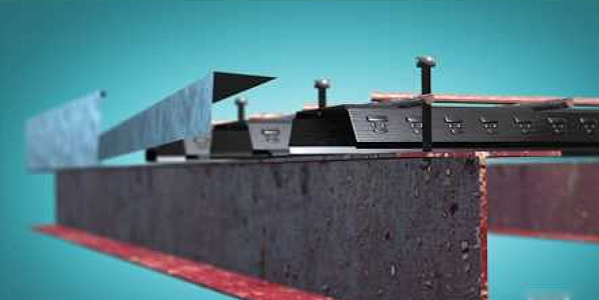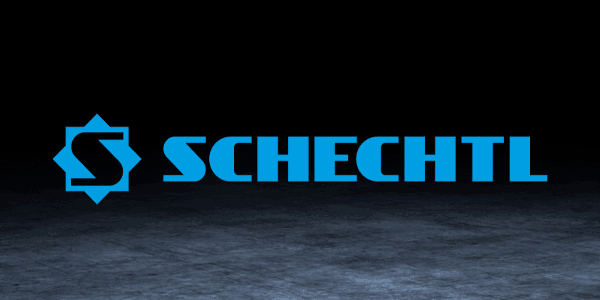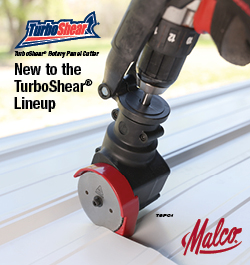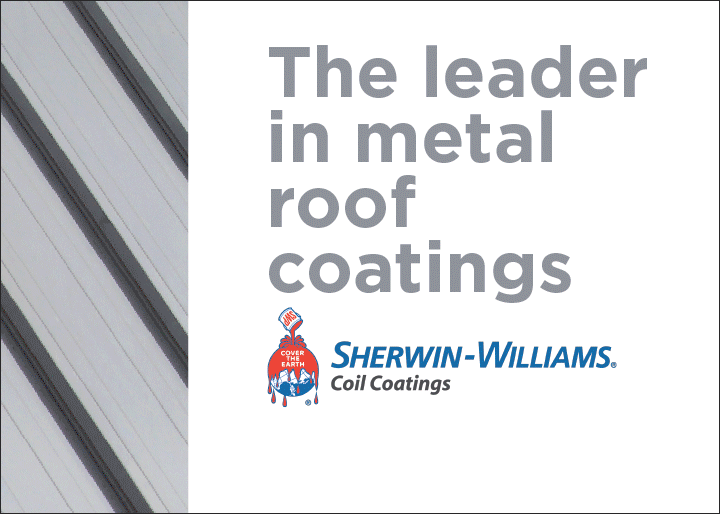UP TO THE MINUTE
3 Reasons to Give Metal the Old College Try

By Trevor Underwood, DECRA Metal Roofing.
Metal is a smart choice for university roofing. Learn why metal has earned its spot on campus.
A campus is more than just a set of buildings for classrooms, it’s a place where students live, eat and study, a place for research and recreation. A huge factor in whether a student chooses to go to a university lies in if they like the campus or not, which is why it is important to woo them up front with state-of-the-art buildings.
But before those buildings are even built, university committees must come together to agree upon a design for approval. Part of that involves reviewing the plan to make sure it preserves and protects the architectural style of the campus. After all, the architecture of university buildings is often iconic, so it’s important to uphold the history with each new building. Safety is also a top priority when discussing building standards.
Knowing this, one of the key elements to consider when it comes time for a new building, or the renovation of an existing one, is the roof, as it serves as the first line of defense against the elements. While there’s several materials on the market, more and more universities are choosing metal roofing, particularly stone-coated metal roofing because of its architectural beauty and industrial durability.
Take Texas A&M International University, for instance. The university just recently installed DECRA Villa Tile on the Sue & Radcliffe Killam Library to reflect the style of other campus buildings. This wouldn’t be possible, though, without the right materials. Read on to learn the top three reasons why universities across the country are upgrading to DECRA Metal Roofing.
1 - Metal roofing can replicate the style of any roofing material
It’s important to note that not all metal roofs are the same. The metal roofs on top of your local Costco warehouse or your neighbor’s backyard shed are drastically different from DECRA’s stone-coated metal roofing. The stone-coating on DECRA metal roofs is what provides the vivid colors and distinct textures that can achieve the same look of asphalt shingles, clay tiles, or wood shakes without sacrificing durability or longevity.
Maintaining existing architectural themes is one of the main reasons why universities like Texas A&M International University chose DECRA
But there’s more to a DECRA roof than meets the eye. Metal roofs have a lifespan that is two to three times longer than traditional roofing materials like asphalt, tile and wood. This means, universities don’t have to sacrifice on style or strength when it comes to choosing a roofing material.
2 - Metal roofing lasts longer than traditional roofing materials
New buildings and renovations take a long time to get approved. If there are multiple sources of funding, it can take even longer to start, let alone finish.
Imagine going through all of the hurdles with a project only to need to replace the traditional asphalt shingle roof every 12 to 20 years.
The longevity and long-term value of a DECRA metal roof mean that university committees don’t have to worry about the cost of ongoing maintenance or frequent replacements required by traditional roofing materials.
They can also rest assured knowing that their buildings are protected from the elements by one of the most durable roofing materials on the market.
3 - Metal roofing provides protection against the elements
DECRA metal roofs are engineered to withstand nearly anything Mother Nature has to offer. In a state like Texas where a total of 132 tornadoes touch down each year, a metal roof can provide added protection against intense blasts of wind, hail and rain that can damage the structural integrity of a campus building.
The durability of stone-coated steel offers protection from the elements that traditional roofing materials simply can’t compete with. These include:
-
Fire: All city, state and county building codes require minimum standards for fire resistance depending upon the building type. The UL 790 (ASTM E 108) Standard Test Methods for Fire Tests of Roof Coverings rates roofing material performance when exposed to fire sources originating from outside the building. DECRA Metal Roofing products carry the highest Class A Fire rating to protect buildings from the threat of fire.
-
Hail: Metal roofing is considered one of the most impact-resistant roofing materials on the market and DECRA has the highest possible UL2218 Class 4 hail impact rating and is warrantied for hailstones up to 2.5 inches in diameter.
-
Wind: A unique interlocking system secures DECRA roofing panels in place with corrosion-resistant screws to ensure that wind can’t penetrate the underlying deck. This resistance gives DECRA one of the highest wind uplift ratings on the market–so much so that DECRA products comply with the high-velocity hurricane zone requirements of Miami-Dade, Florida.
-
Wind-driven rain: DECRA has performed extensive wind-driven rain testing at speeds up to 110 mph to protect its roofing profiles against water penetration under the most extreme wind conditions.
-
Snow/ice: DECRA products are non-porous, making them an ideal roofing solution for cold weather climates because they resist expansion caused by freeze and thaw cycles.
Upgrade to the strength and style of DECRA Metal Roofing
Universities across the country, including Texas A&M International University, Purdue University, Pearl River Community College, Beloit College and Greenville University have upgraded to DECRA Metal Roofing to preserve the iconic styles and aesthetic traditions of their campus.
Learn more about DECRA in their directory or visit DECRA.com.
Original article source: DECRA
Recommended For You

Building the metal deck cake
Read More ...
Hand seamer or power-assisted seamer?
Read More ...
Don’t miss this spring Schechtl sale!
Read More ...
















Comments
Leave a Reply
Have an account? Login to leave a comment!
Sign In